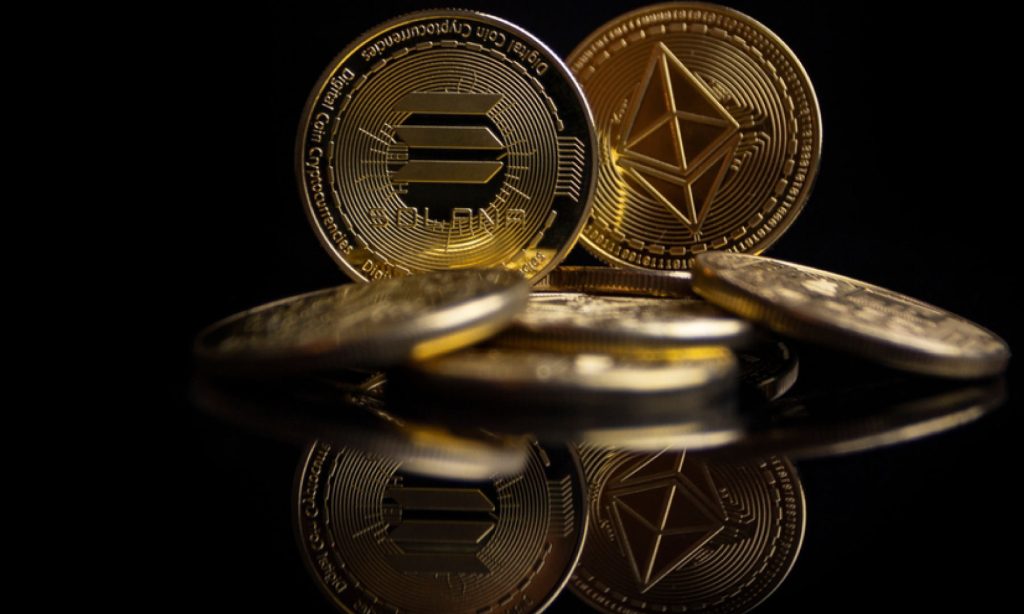Hold onto your hats, folks! The People’s Bank of China (PBOC) just devalued the yuan’s midpoint against the dollar by a hefty 37 basis points, settling at 7.2133 – the weakest level we’ve seen since September 11th, 2023. This isn’t just a tweak; it’s a signal. A pretty loud one, if you ask me.

What does this mean? Let’s break it down. A weaker yuan makes Chinese exports cheaper, theoretically boosting their trade. However, this move also screams about underlying economic pressures. The PBOC isn’t necessarily wanting a weaker currency, it’s often reacting to market forces, and those forces are currently telling a story of economic headwinds.
Let’s dive deeper into currency devaluation. Devaluation happens when a country reduces the value of its currency relative to other currencies. This is commonly pursued to boost exports and improve the trade balance.
However, this also carries risks. It can lead to imported inflation – making goods from overseas more expensive. It also impacts investor confidence, potentially triggering capital flight.
Further, these movements reflect anxieties regarding the Chinese economy’s growth trajectory. Concerns surrounding the property sector, coupled with sluggish domestic demand, are undeniably playing a role in this downward spiral. It’s a clear indication that Beijing is feeling the heat. We need to closely monitor how this plays out. This isn’t a time for complacency!






